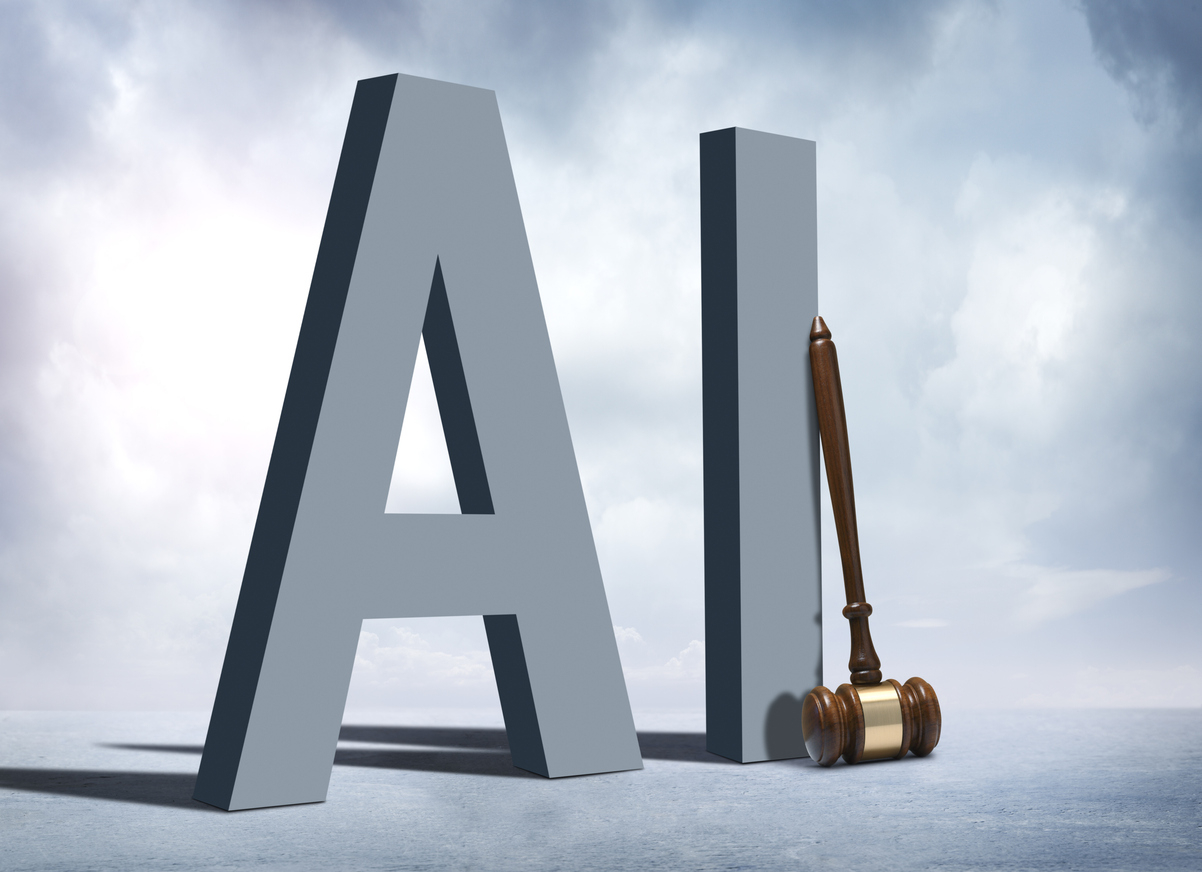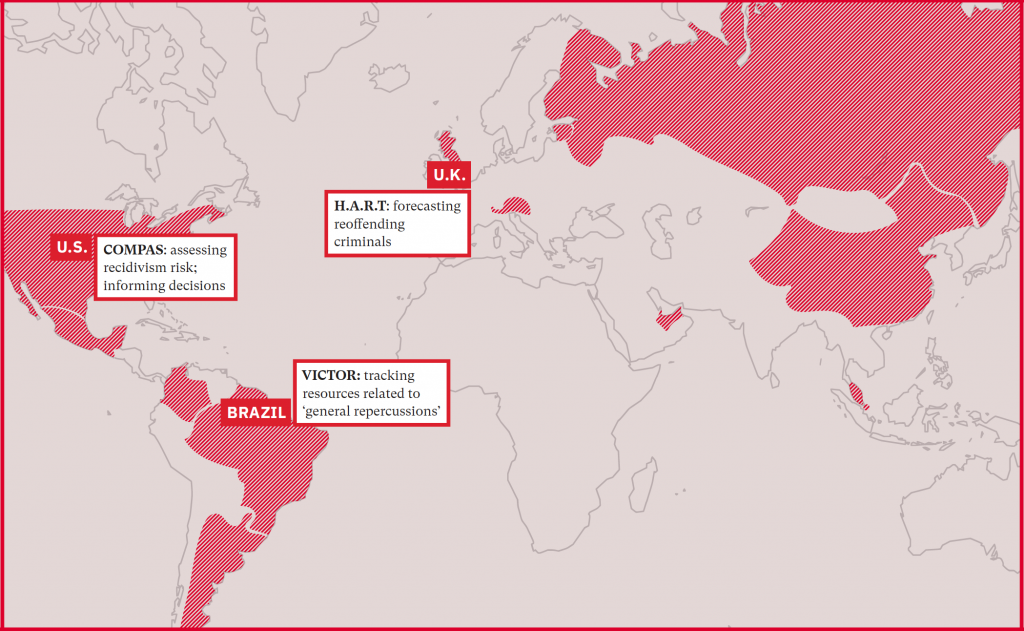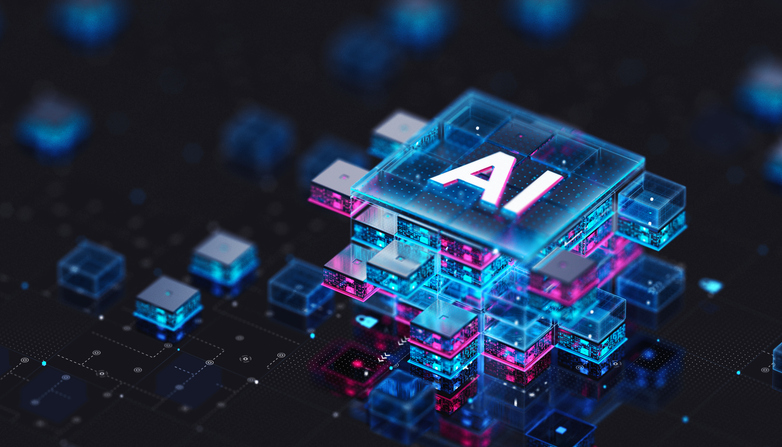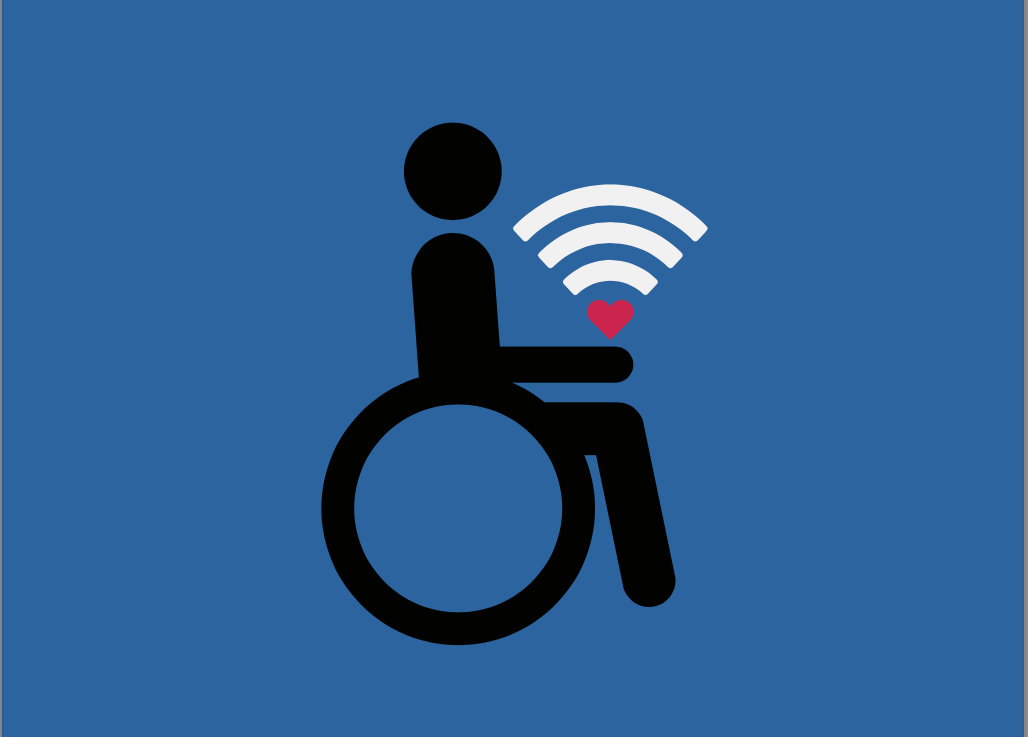
Responsible AI for the Indian Justice System – A Strategy Paper
A conversation starter for integrating responsible artificial intelligence (AI) within the Indian justice system
Summary: The paper gives a primer on ongoing potential use cases of AI, conducts a global survey of its usage and identifies the foreseeable short-term and long-term challenges. Finally, it proposes a roadmap to integrate AI and a charter that can provide an ethical framework for its use
Background
In the past decade, there has been considerable discussion around the design, development and deployment of artificial intelligence (AI). For instance, in India, the NITI Aayog recently published an approach paper on the need to harness AI in a responsible and ethical manner. The Indian judiciary, which has already created basic information and communication technology infrastructure under the eCourts Project, is now looking to leverage AI’s potential as well. In the last two years, the Supreme Court’s AI committee has already launched and piloted a neural translation tool (SUVAAS), and more recently, a court administration tool (SUPACE). In view of this, it becomes abundantly clear that the talk of integrating AI into the justice system is not a futuristic endeavour, decades from now. In fact, it is already being designed and deployed in certain areas, with the intention of improving institutional efficiency.
Our paper examines the potential role AI can play in the Indian justice system, while giving a lay of the land in other jurisdictions. It flags some immediate and long-term challenges that this transformative technology is likely to cause and prescribes a roadmap for the way forward.
Potential Use Cases
This section highlights the two main objectives of administrative efficiency, and augmenting decision-making processes, as the focal points for AI usage.
Administrative efficiency – To increase administrative efficiency, task-specific, narrowly tailored algorithms, trained through machine learning, can be deployed to automate run of the mill administrative functions, from something as routine as scheduling hearings and creating causelists, to more complex tasks like discovery and review of evidentiary documents. Similarly, other procedural tasks which can benefit from the use of AI include interventions at the level of smart e-filing, intelligent filtering/prioritisation of cases or notifications and tracking of cases. Please see pgs. 5-6 for further details.
Augmenting decision-making processes – To augment human decision making, AI designed and deployed for intelligent analytics and research work. Further, computational tools can be used to expedite justice delivery such as those for traffic challans and motor vehicle compensation claims. Assimilated learning from such first generational tools that increase administrative efficiency will be necessary before potentially creating more complex algorithmic decision-making tools. Finally, the use of legal robotics can be used across sectors like insurance, banking and e-commerce through interactive interfaces and as dynamic repositories of FAQs, which augments the public’s understanding of laws. Please see pgs. 6-7 for further details.
This section also highlights the need for having open and accessible judicial data as the pre-requisite for any prospective AI innovation for the justice system. Please see pg. 5 for further details.
Global Survey

While the growth of AI in India is still in its nascent stages, it has been used across the globe in different realms of justice systems. This section identifies some of these use cases. Apart from the three named countries on the map above, AI has been used in Estonia to adjudicate small claims through a robot judge, in China, Russia and Mexico to provide legal advice and approve pensions, in Malaysia to support sentencing decisions, in Austria as a sophisticated document management system, in Colombia and Argentina to identify urgent cases, in Abu Dhabi to predict probability of settlements and in Singapore to transcribe court hearings in real time. Please see pg. 8-10 for further details.
Short Term and Long-Term Challenges
The third and fourth sections of the paper elaborate some immediate and long-term challenges surrounding the use of AI in justice systems. Through the use of text boxes, select global examples which have previously encountered the challenge have been identified.
Short term challenges include concerns around transparency and explainability of AI (please see pgs. 12-13 for further details), potential data and design biases which might perpetuate social inequalities (please see pgs. 13-14 for further details), and the need to preserve human judgment and autonomy of judges (please see pgs. 14-15 for further details).
In the longer term, there is a risk of the law stagnating and becoming immune to necessary revision and evolution, thus, leading to a value lock-in. Also, the core constitutional role of the judiciary as a check and balance against the executive and legislature can potentially undergo a significant alteration in an AI-centric judicial system. These challenges warrant a nuanced discussion on how and where AI is feasible and aligned with constitutional and judicial values while being deployed. Please see pg. 16-17for further details.
Roadmap and Charter for Responsible AI in the Indian Justice System
The paper culminates with a detailed roadmap which identifies the different areas and issues to be addressed. It charts it through the steps of conceptulising the integration of AI, to operationalising it through support infrastructure and deploying it in a phased manner.
First, to conceptualise the integration of AI, the report recommends – adopting a governing charter to safeguard due process and constitutional rights, conducting extensive stakeholder consultations to ensure transparency and confidence of the legal fraternity, promoting research on governance and planning for capacity building. Please see pg. 19 for further details.
Second, to enable its integration there is a need to provide operational support which can be done through the expansion of the Supreme Court AI Committee, publishing openly accessible datasets and harnessing private sector innovation. Please see pgs. 19-20 for further details.
Third, the roadmap recommends that AI be deployed in India in a phase-wise manner through generational innovation. The first generation of AI pilots can be oriented towards increasing administrative efficiency, the learnings of which can feed into the second generation of tools which can target decision making processes. Introducing feedback loops and impact evaluation frameworks can help technology evolve and inform the broader discourse on governance on AI. Please see pgs. 20-21 for further details.
The roadmap is released along with a draft charter which works as a conversation starter to introducing a comprehensive legal, regulatory, and ethical framework to establish trust in these technologies. The principles seek to amplify justice delivery, secure the rights of individuals and protect a dynamic and iterative ecosystem. Please see pgs. 22-23 for further details.





